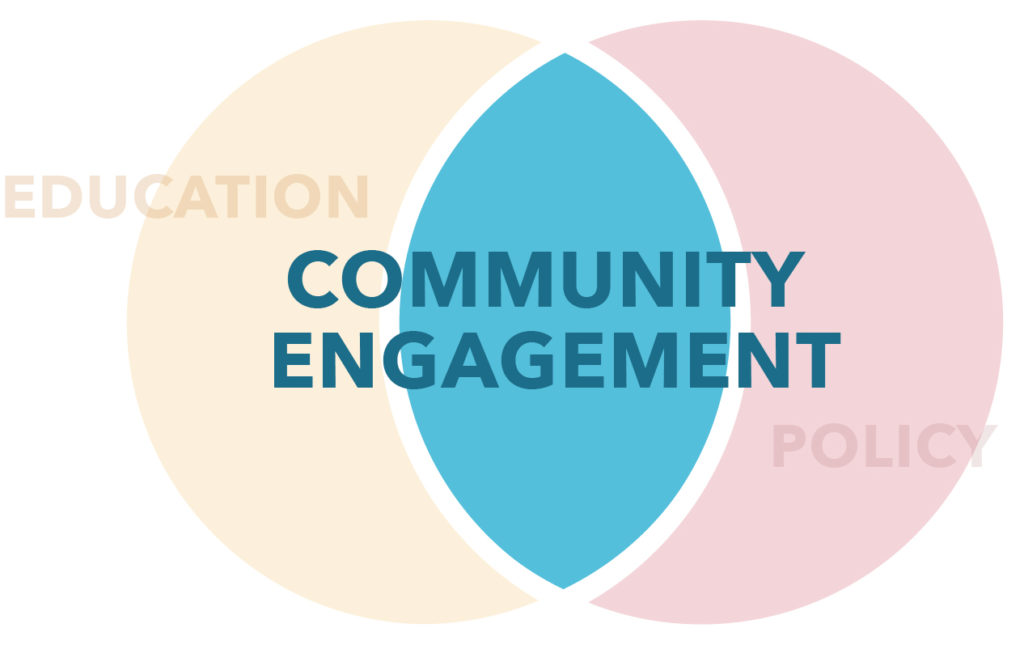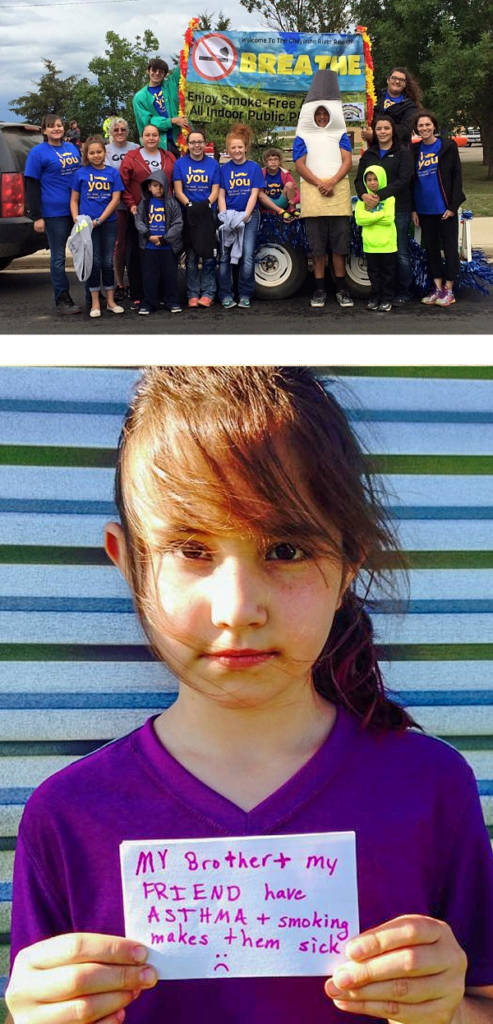Grassroots movements engage ordinary local people to work together to create change. Working from the “grassroots” allows coalitions to literally be grounded by the people with the most to gain from a change or most to lose without a change. Oftentimes it’s the “ordinary people” that bring the most passion and commitment to coalitions. Your grassroots coalition members are the eyes and ears on the ground communicating what’s happening.

Planning
- Find a devoted leader (or two) to organize the coalition.
- Define the goal (your big dream) and objectives of the coalition (how you’ll achieve your goal).
- Discuss and learn why each member is at the table. Ask why they are passionate about achieving the goal.
- Identify reasonable expectations for members. These may change over time.
- Recruit members.
Action
Start with whatever you have, even if it doesn’t seem like much. With passion and commitment, your grassroots movement will take shape as long as you stick with it!
Resources
Learn about the grassroots movement that grew into the Standing Rock resistance encampment that drew national attention.
What if?
You can’t find a leader…
- Be the leader!
Members disagree…
- Vote!
Hints
- Avoid hierarchical structures, like presidents, secretaries, etc. to keep everyone on an equal playing ground.
- Allow everyone’s opinions to be heard.
Čaŋlí Coalition Example

Goal (your big dream)
- Reduce the tobacco disparity of CRST.
Objective (how you’ll achieve it)
- Educate youth on the dangers of commercial tobacco to prevent tobacco use.
- Advocate for smoke-free air policies to protect CRST from secondhand smoke.
- Support tobacco users to quit.
- Reclaim the use of traditional tobacco.